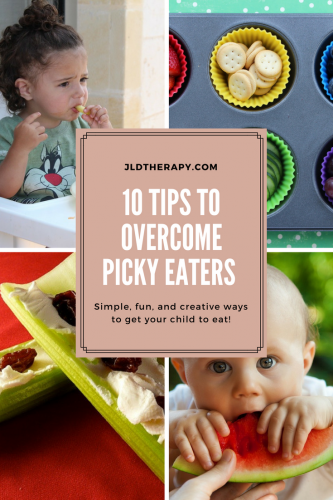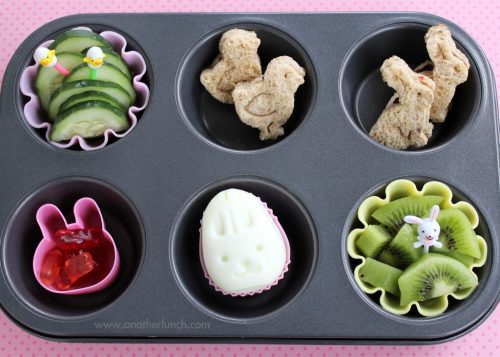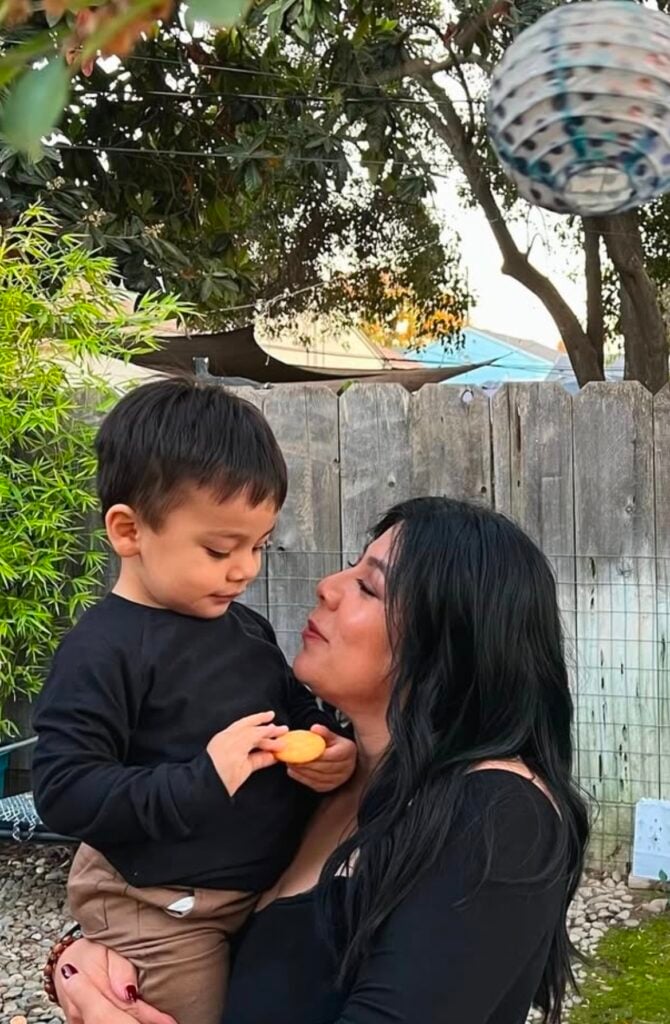
Picky eaters can come out of nowhere. They can start off picky or be one of the best eaters in the early stages but then become picky literally overnight. There are many different ways to overcome pickiness, and it can take a lot of creative thinking along with time and dedication.
There are many different reasons as to why a child can become a picky eater. Children have three times the number of taste buds as we do, plus they go through a number of different taste changes throughout their young years. So, trust me when I say – it’s definitely not your cooking that is causing your young one to not eat!
Here are ten easy and fun tips and tricks to help overcome your picky eats.
Be consistent and slow down
First and foremost, you do not want to make them seem like they are doing something wrong. You don’t want to push something on them that they don’t want, however, you want to encourage them to try something. Be consistent in what you’re offering and praise them whenever they want to try it. But, if they don’t want it and are refusing to try it at that given time, stop and try again a little bit later. As long as they are eating something, don’t rush into it. It will cause your child unneeded stress and they will start to shut down.
Pair foods together
If your child really likes a certain food, pair it with something they don’t like. Make a fruit or veggie salad and have a mix of foods they do and don’t like. However, you have to make sure the foods are still similar in shape, color, and size. If it’s too different, they might just pick away at the food. Pair chips they do like with some they don’t like. Small steps can make a big difference.
Don’t fill them up on juice and milk between meals
Once your child is done eating, don’t let them have juice or milk between meals. Of course, if they are thirsty – give them water or a small cup filled with juice/milk, but don’t allow them to constantly drink it just because. Keep it in the kitchen and monitor how much they are really drinking. If you know you’re about to feed them food, try and not have them drink anything at least an hour before the meal is served. That way, their bellies are empty and they will be more willing to eat what is on their plate.
Talk to them about nutrition
Sometimes being open and honest about their health is the best way to get through to them. Getting your child to understand why we eat the foods we eat can help them understand a little bit more and will give them a better reason to eat them. Talk to them about how our body uses the food we eat as energy and the more junk we eat, the less energy we will have as we get older. You can also talk about how it affects not only our insides but our skin, hair, and teeth, as well.
Accept Outside Help
Sometimes you can get overwhelmed, and that’s completely normal. It can be frustrating that after weeks, or even months, or trying with your child – you see absolutely no improvements. Children are a lot more stubborn than we realize, and whenever you introduce an unfamiliar face into the situation, they tend to change behaviors. You can try bringing in a friend who they’ve never seen before or a specialized therapist who will work more closely on your child’s needs.
Stop making separate meals
While you’re cooking or preparing your meals, try and bring those favorite foods into play. There is no need to make two or three separate meals every single time. This only makes it seem okay in your child’s eyes. If they have a favorite side dish, incorporate that into your overall meal. This will allow your child to have options, but still acknowledging their favorites.

Let them help out in the kitchen
Children LOVE to help out! Allowing them to help with meal planning, shopping, and cooking is a big way to encourage trying new foods. Once it’s all finished, they will feel so accomplished and want to taste what they created or cook what they bought. There are amazing recipes all over the web that are kid friendly and most are extremely easy and taste wonderful!
Food Art
Cut sandwiches into a fish shape and add goldfish and celery sticks to make an underwater adventure. You can also make ants on a log or make a veggie rainbow. This will make it colorful and fun so they will be more willing to try it out.
Limit distractions
When there are distractions, it will cause a prolonged period of eating. Your child will start to take a longer time to eat and cause them to fill up on foods they want, rather than what they need. Turn off the TV, eat at the table together, and keep electronics away. Not only will this help with picky eating, there are many benefits to eating with no distractions – you get to hear about your child’s day, the reason why they don’t want to eat what’s in front of them, or random thoughts they may be wanting to share with you.
Trays & Cookie cutters

These tie in with food art. They can make eating so much fun and gives me small portions to try out. Muffin tins or ice trays filled with all different textures and smells will keep them intrigued and encourage them to try them all out. This is also a great way to get your child involved, grab a tray and have them help you fill them out. Or grab a FunBite cookie cutter and let your child have some fun cutting up their sandwich or other foods into smaller bites so they will be more willing to try!
Are you stuck on what your child should be eating? The US Department of Agriculture offers meal plans for kids of all ages that are balanced and nutritious.
What tricks have you tried with your picky eaters?



































































































